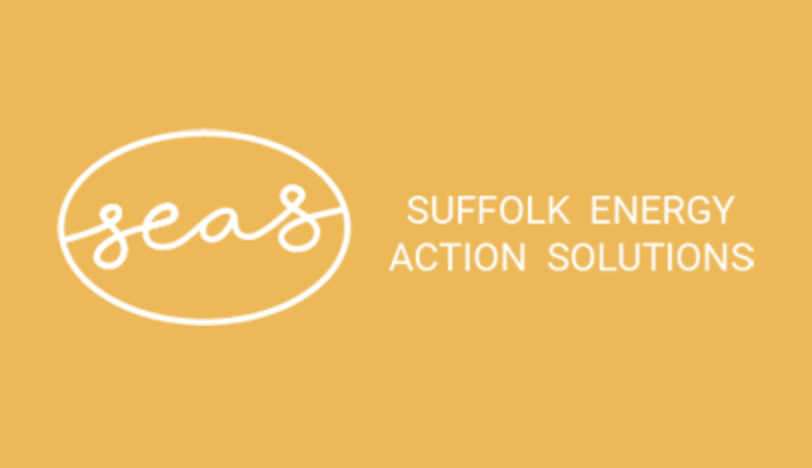EXPLODING THE MYTHS
National Grid’s propaganda asserts the following claims. SEAS supporters should challenge their assertions.
- “Offshore solutions are not straightforward for GB. Because our wind farms are so much bigger than Belgium’s. GB can’t do these offshore solutions. “
The technology is advancing so rapidly that by the time we build offshore platforms the subsea cables will have improved and new innovative cables will be able to deliver greater amounts of electricity directly to brownfield sites closer to London. Superconducting cables will be available by 2030. There are a number of countries racing to manufacture these cables, not only China, but the US, Ireland and Singapore. GB should produce these cables for their home market. Government should be incentivising this new sector.
- “ There is a queue for purchasing subsea cables. GB is at the end of the queue. “
National Grid and successive Governments have wasted ten years. We should be at the front of the queue. East Suffolk should not be the pawn for National Grid’s cobbled together, overdue, self – serving plans. DESNZ should halt this unnecessary destruction of a thriving economy and ecology. We should get in that queue fast. There is no excuse for any further delay AND Government should be incentivising British manufacturing. The good news according to a DNV Network Topology Assessment Report for National Grid ESO is that a North Ayrshire has granted planning permission for a factory that is expected to start manufacturing HVDC cables by 2028. So we can circumvent these delays in time to meet net zero related goals, using GB manufactured cables.
- “ Marine constraints prevent us from considering Bradwell and Grain as hubs for offshore solutions to landfall and connect to the grid”.
There are marine constraints everywhere. At Aldeburgh, Walberswick, Reydon, Southwold and along the coast there are numerous complex challenges including coralline crag, crumbling cliffs, coastal erosion, protected shorelines, bird sanctuaries, UNESCO East Atlantic Flyway and more besides.
Britain should work harder at resolving issues for making the large energy hubs closer to London on pre- industrialised sites. Belgium and Holland choose existing brownfield sites in industrial zones for their energy infrastructure hubs choosing to make landfall and connection to the grid in the same shoreline area, making miles of destructive cable trenches redundant.
- “ National Grid and its consultants know best”.
It is astonishing that for all these years, successive Governments have put so much trust in this publicly quoted company to determine our transmission strategy and to execute it, with minimal regard and oversight except for Ofgem’s focus on short- term consumer pricing. A publicly quoted company with principal shareholders based in the US and Abu Dhabi who have no interest in transforming Britain’s outdated offshore onshore energy transmission and infrastructure.
This DNV led East Anglia Network Study is flawed from the outset because the objectives set by National Grid are too narrow and appear to be more concerned about appeasing community groups concerned about Norwich to Tilbury Pylons rather than exploring an offshore onshore interconnecting grid. This Study is a bit of marketing puffery not a serious Study, despite the densely worded Annexes.
DESNZ should have hired overseas consultants who explore objectively how to pivot to the new world: using pilot tests such as those promoted by SEAS:
Pilot One
Nautilus pooling energy with North Falls and Five Estuaries at an offshore platform with landfall at Grain
Pilot Two
LionLink pooling energy with SPR EA1N and EA2 and with landfall at a brownfield site closer to London
- “ We don’t have time for these offshore pilots”
According to other North Sea countries, the offshore infrastructure implementation process takes four years. The lengthy part of the process is the internal bureaucratic planning process. The Winser report sets out proposals for accelerating this internal process.
2034 is a realistic date for the completion of these schemes. Ten whole years to make this happen. There are some shorter term solutions for securing our energy generation and transmission in the immediate term.
The solutions are ultimately a mix of pylons, underground cabling and offshore circuits.
- “ DESNZ states that we cannot undo agreed contracts”.
Community groups have taken legal counsel on this point. There are notable precedents and given the profound changes in Britain’s ambitions for offshore energy which have only been articulated in the last five years, those new plans for hubs and transmission which form an essential part of the long term spatial strategy should be reason enough to halt, pause and rethink.
7.” Offshore is too expensive”.
What balderdash and piffle.
Ofgem’s new report on Offshore Hybrid Assets published on 1 March 2024 points the way and confirms that OHAs are cheaper for the consumer in the mid-term thanks to the cost efficiencies and reduced onshore infrastructure.

